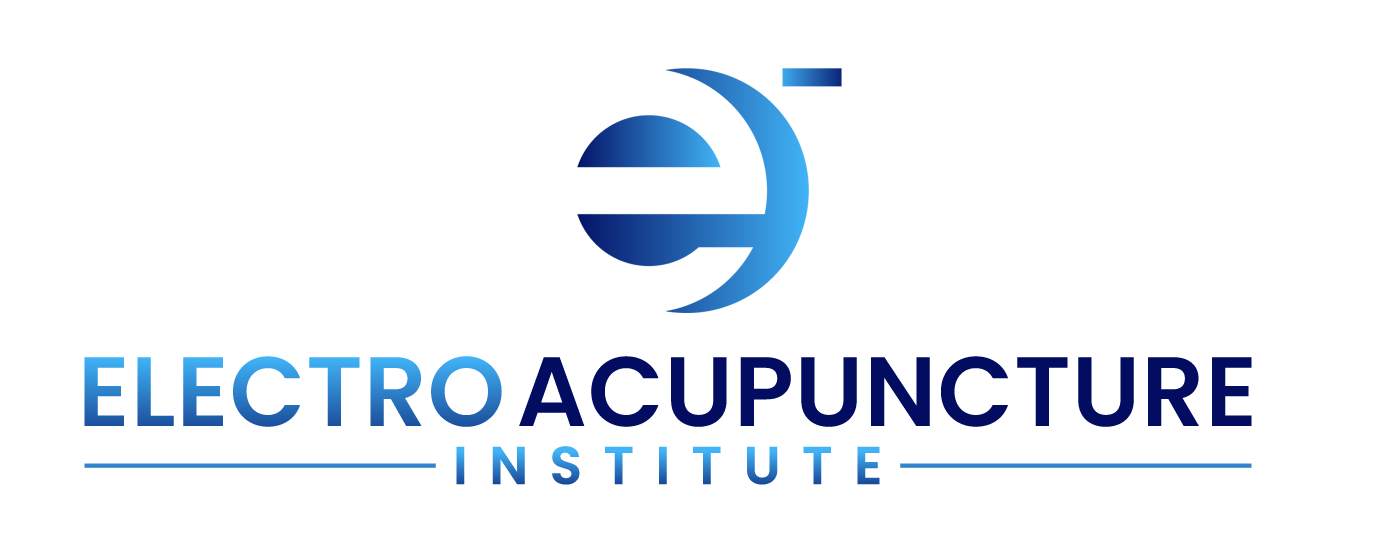Safe and Effective Needle Placement Techniques for Spinal Points
Needling spinal points can be nerve-racking, and it's important to needle the spine safely.
Be sure to watch this short video clip taken from one of my recently recorded events to see how to palpate the vertebrae, and also how to implement my thumb trick which will enable you to avoid puncturing the intrapleural space, while still ensuring effective needle placement.
Remember to download our guide, “Safe & Effective Spinal Needling Placement Chart”
Are you ready to begin? I certainly am! Let's dive right into it…
Patient Positioning
Proper patient positioning is crucial in ensuring safety in spinal needling. Spend time positioning the patient on the table, emphasizing comfort and correct alignment. This setup provides the patient’s comfort and facilitates precise needle placement, which is vital for effective treatment.
Pillow Preference
Understanding the patient’s pillow preference is another important aspect covered in the video. Ask whether the patient prefers one or two pillows for head support. This personalized approach helps maintain proper spinal alignment and enhances the overall effectiveness of the treatment.
Cervical Vertebrae Diagnosis
Accurate cervical vertebrae diagnosis is essential in electroacupuncture. This patient was diagnosed with C6 at the neural level, but that exact accuracy is not critical for effective treatment. This flexible approach allows practitioners to provide effective care even when precise identification is challenging.
Lower Voltage Principle
There is a difference in using lower voltage devices compared to higher voltage devices. Using a lower voltage treatment device allows for some margin of error in needling location, making the process more forgiving and accessible, especially for those new to spinal electroacupuncture techniques. This approach is particularly beneficial for treating cervical region pain and other musculoskeletal issues.
Electrical Flow Explanation
A key concept covered in the video is how electricity flows upward through the DU channel in treatments. Treating below the problem area can impact the target region. Understanding this flow is crucial for maximizing effectiveness with higher voltage devices and ensuring that treatments are both effective and efficient.
Identifying Vertebrae
Identifying the correct vertebrae is a skill that requires practice. Practice how to locate the Huato points and vertebrae by feel, emphasizing that while exact identification may be challenging, it is not a barrier to effective treatment. This hands-on approach is crucial for achieving effective acupuncture treatments.
Needle Placement Technique
The needle placement technique is important and is specifically for placing needles perpendicular into the Huato points on the side of the cervical spine and thoracic vertebrae. This precise technique is essential for ensuring the effectiveness of the treatment and minimizing discomfort for the patient. Proper needle placement is vital for addressing neck pain and other musculoskeletal issues effectively.
Safety Tips
Safety is paramount in all electroacupuncture techniques. The video includes valuable safety tips, such as the correct placement of needles to avoid puncturing the intrapleural space. Using the thumb trick ensures safe needle insertion, which is crucial for preventing complications and ensuring the patient’s safety during the treatment.
Practice Encouragement
To master these techniques, I encourage you to practice feeling vertebrae and applying the four-needle bracket technique. Regular practice helps practitioners develop the necessary skills for accurate diagnosis and effective treatment.
Advanced Electroacupuncture Techniques
For practitioners looking to enhance their skills, incorporating advanced electroacupuncture techniques can significantly improve treatment outcomes. Techniques such as electro acupuncture bracketing allow for more precise targeting of affected areas, leading to better and longer-lasting results in treating cervical musculoskeletal pain and other musculoskeletal issues. These advanced methods also help in addressing voltage deficiencies more effectively.
Effective Acupuncture Treatments
Implementing effective acupuncture treatments requires understanding the interaction between different voltage levels and their impact on the body. Continuous education through electro acupuncture classes helps practitioners stay updated with the latest advancements and refine their skills.
Holistic Pain Management
Holistic pain management is a key aspect of electroacupuncture. By addressing the root causes of pain, such as voltage deficiencies and sympathetic dominance, practitioners can provide comprehensive care that extends beyond symptom relief. This approach not only helps manage neck pain and other musculoskeletal pain but also promotes overall health and well-being. Techniques such as acupuncture for pain and specific protocols for neck pain are essential components of holistic care.
Maximizing Effectiveness with Higher Voltage
When using higher voltage devices, it is crucial to understand how to maximize their effectiveness. This involves selecting the appropriate vertebrae levels and leveraging the DU channel in treatments. By enhancing the flow of energy, practitioners can improve treatment outcomes, speed up healing time, and prevent scar tissue formation, making these techniques invaluable in advanced electroacupuncture.
Practical Applications and Case Studies
To solidify the understanding of these concepts, practitioners can benefit from reviewing case studies and practical applications of electroacupuncture. Real-world examples provide insights into how these techniques can be applied effectively in clinical settings. Learning from these cases allows practitioners to provide the best possible care to their patients.
Watch the “Safe and Effective Needle Placement Techniques for Spinal Points” video here!
Conclusion
Electroacupuncture offers a powerful approach to diagnosing and treating cervical musculoskeletal issues through the identification and correction of voltage deficiencies. By understanding and applying the appropriate voltage levels, utilizing the DU channel, and employing advanced electroacupuncture techniques, practitioners can achieve significant improvements in patient outcomes. Continuous education and practical application are key to mastering these techniques and providing comprehensive, holistic pain management.
Dive into our guide, “Safe & Effective Spinal Needling Placement Chart”
We invite you to visit our website at www.electroacupunctureinstitute.com for a deeper understanding of these concepts and access to additional valuable resources.
Has this journey into the diagnosis of neck issues resonated with you? If so, we encourage you to spread the word amongst peers and loved ones who value the depth and breadth of holistic health practices. Sharing this insight can elevate our approach to health and healing.
Peace and Bliss,
Jeremy B. Steiner, MD, PhD, DAOM





